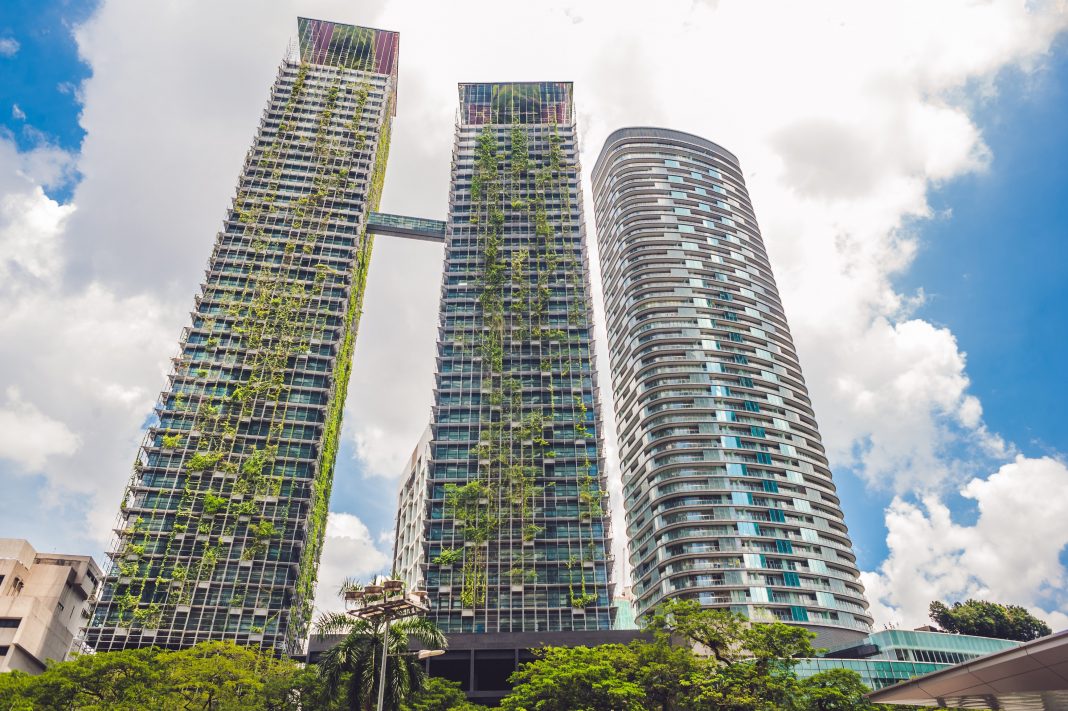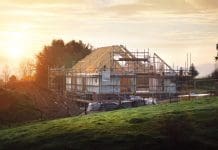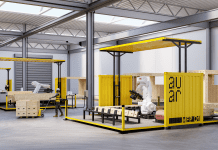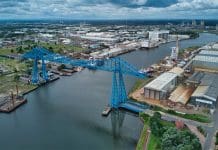Our world is built mostly from bricks, wood, steel, glass, and concrete. All of these substances are practical and versatile, and produced at a relatively low cost (though that cost is rising)
But concerns are mounting over the sustainability of these materials. It is estimated that the production of the world’s building materials is responsible for about 5% of all manmade carbon emissions; and a shocking 20-30% of all building materials end up in the skip – at a huge environmental cost.
So perhaps it is time to look away from the current zeitgeist of bricks, mortar, and concrete and look to new horizons. Some innovative companies are doing just that. Let’s look at five new, sustainable materials that could be the building blocks of tomorrow:
‘Coral’ bricks
Regular bricks are linked to soil deprivation and require very hot temperatures to create them. A company from North Carolina called BioMason believes they have a good alternative in the works: bricks that mimic nature and grow at low temperatures – similar to the formation of a coral reef.
It sounds like the stuff of science fiction, but it works like this: the bricks are ‘grown’ by placing sand into rectangular moulds. The moulds are then injected with bacteria; the bacteria then ‘wraps’ around the individual grains of the sand. The bacteria are then fed a mix of nutrients that spurs on the growth of calcium carbonate crystals. These crystals form hard, stone-like substances and end up just as tough as real bricks. BioMason claim they are friendlier to the environment and take much less energy to make.
Cement that can be ‘programmed’
Cement sets into concrete and concrete is perhaps the most ubiquitous building material of all – but there are problems with cement. Cement is tough but brittle under strain; and is often reinforced with steel to make it stronger. And while this cement-steel alliance has worked wonders, allowing us to build architectural marvels, the porosity of concrete often leads to rust of the steel inside.
Concrete is porous because as it sets, particles form randomly with plenty of space between them. That could all be about to change, however, thanks to a team of scientists at Rice University in Texas. These scientists have found a way to tweak the molecular structure so that the particle formation is not random. In fact, they can influence the molecular structure in almost any way they like – making tightly packed cube shapes, spheres, and even diamonds.
The final result is that this ‘programmed’ cement sets harder, tighter, and protects the steel inside it from rust. If all concrete can be programmed in this way, then less of it will need to be manufactured in the first place.
‘Breathing’ buildings
The IAAC architecture school in Barcelona has been working towards a solution of reducing dependence on air conditioning. In hot countries especially, air conditioning is very expensive and can account for almost a third of all energy bills. The IAAC have managed to construct ceramic panels; facades that, once in action, can cool an entire building by five to six degrees Celsius.
The IAAC call these panels ‘hydroceramics’. They contain an insoluble polymer known as hydrogel that can absorb 500 times its weight in water. The panels will cool the building by absorbing humidity from the air and letting it evaporate. This is what the IAAC mean by ‘breathing’. As the water evaporates in the hot climate, it brings the temperature down for the employees inside.
3D printed plant-based plastics
The Dutch company Aectual is working on 3D printed ‘bioplastics’. These 3D printers are impressive in of themselves; capable of producing entire buildings — from the floors to the facades – and all from a single, recyclable material.
Bioplastics are made from 100% renewable plant-based polymers and some recycled plastics. If the 3D printers make a mistake, then the material can easily be shredded up and reused again. Although there is no waste from bioplastics, they still require the primary growth of lots of plants and corn; critics will point out that this has implications in of itself.
‘Chocolate-bar’ panels
Cymat Technologies, a Canadian firm, is working on a material for floors and claddings in buildings that sets a bit like bubbly chocolate.
Today, most cladding is limited to brick, sheet metal, plaster or concrete. But Cymat’s ALUSION panels have made a new material from injecting air into molten aluminium. The air and the aluminium bubble together to disperse ceramic particles into the mix. The result is a new type of cladding that Cymat claim is 100% recyclable, is very strong and non-combustible, and even soundproof.
Conclusion: A brighter tomorrow?
The bread and butter of the construction industry – bricks, mortar, and glass – will not realistically disappear anytime soon. But it is encouraging to see so many innovative companies from across the world constantly pushing the boundaries of what we can achieve for a greener, more sustainable world.
Such innovation should be warmly encouraged and hailed – for having alternatives to fall back on can only ever be a good thing, and will ensure construction remains on solid foundations.
Cameron Dean
LinkedIn: RJ Lift

















